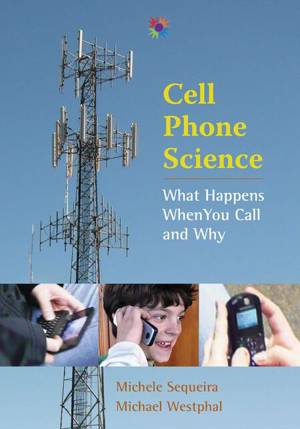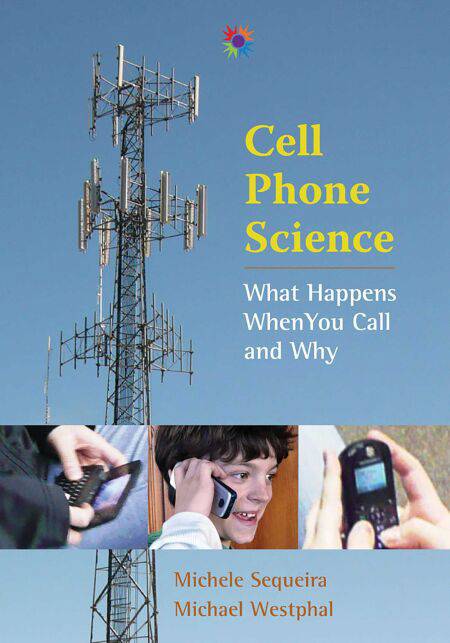
- Afhalen na 1 uur in een winkel met voorraad
- Gratis thuislevering in België vanaf € 30
- Ruim aanbod met 7 miljoen producten
- Afhalen na 1 uur in een winkel met voorraad
- Gratis thuislevering in België vanaf € 30
- Ruim aanbod met 7 miljoen producten
Zoeken
€ 25,71
+ 25 punten
Omschrijving
Their buzzes, beeps, bells, and tunes have disrupted countless classes, movies, and meals; public auditoriums now have signs posted prominently asking people to turn their cell phones off; cities such as Santa Fe have banned their use in automobiles. But these little connection gadgets have become ubiquitous because they are so useful-many would blanch at the thought of losing their cell phone. Cell phones are useful because of the science, technology, and design that are blended to make them function.
In this work, authors Michele Sequeira and Michael Westphal help young people explore this now-commonplace, socially important gadget that connects today's youth with their friends. The underlying science and technologies, and some of the history that has influenced the development of cell phones, are discussed. Emphasis is given to building science and technology concepts through simple analogies with commonplace items and ideas.
In this work, authors Michele Sequeira and Michael Westphal help young people explore this now-commonplace, socially important gadget that connects today's youth with their friends. The underlying science and technologies, and some of the history that has influenced the development of cell phones, are discussed. Emphasis is given to building science and technology concepts through simple analogies with commonplace items and ideas.
Specificaties
Betrokkenen
- Auteur(s):
- Uitgeverij:
Inhoud
- Aantal bladzijden:
- 184
- Taal:
- Engels
- Reeks:
Eigenschappen
- Productcode (EAN):
- 9780826349699
- Verschijningsdatum:
- 15/01/2011
- Uitvoering:
- E-book
- Beveiligd met:
- Adobe DRM
- Formaat:
- ePub

Alleen bij Standaard Boekhandel
+ 25 punten op je klantenkaart van Standaard Boekhandel
Beoordelingen
We publiceren alleen reviews die voldoen aan de voorwaarden voor reviews. Bekijk onze voorwaarden voor reviews.








